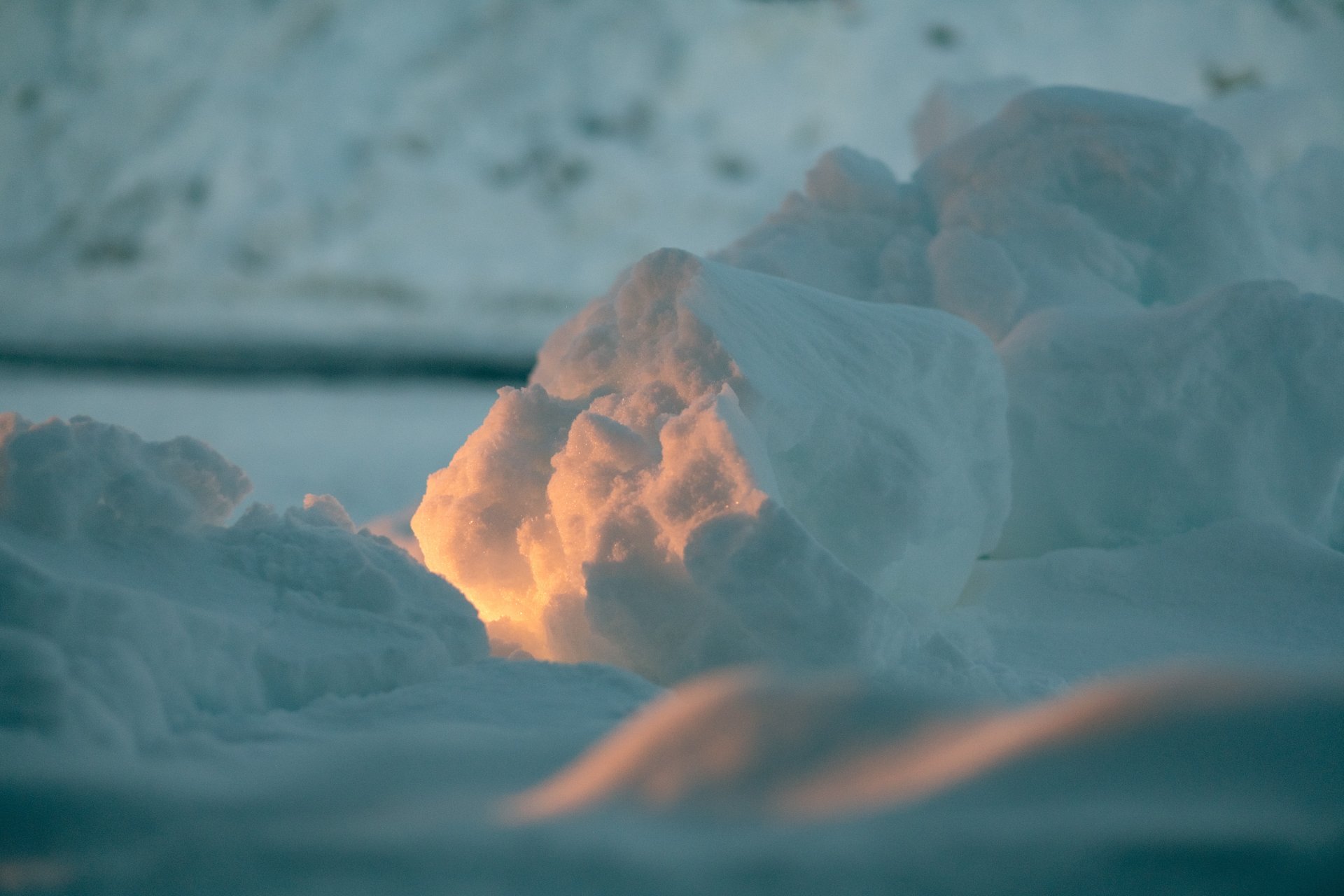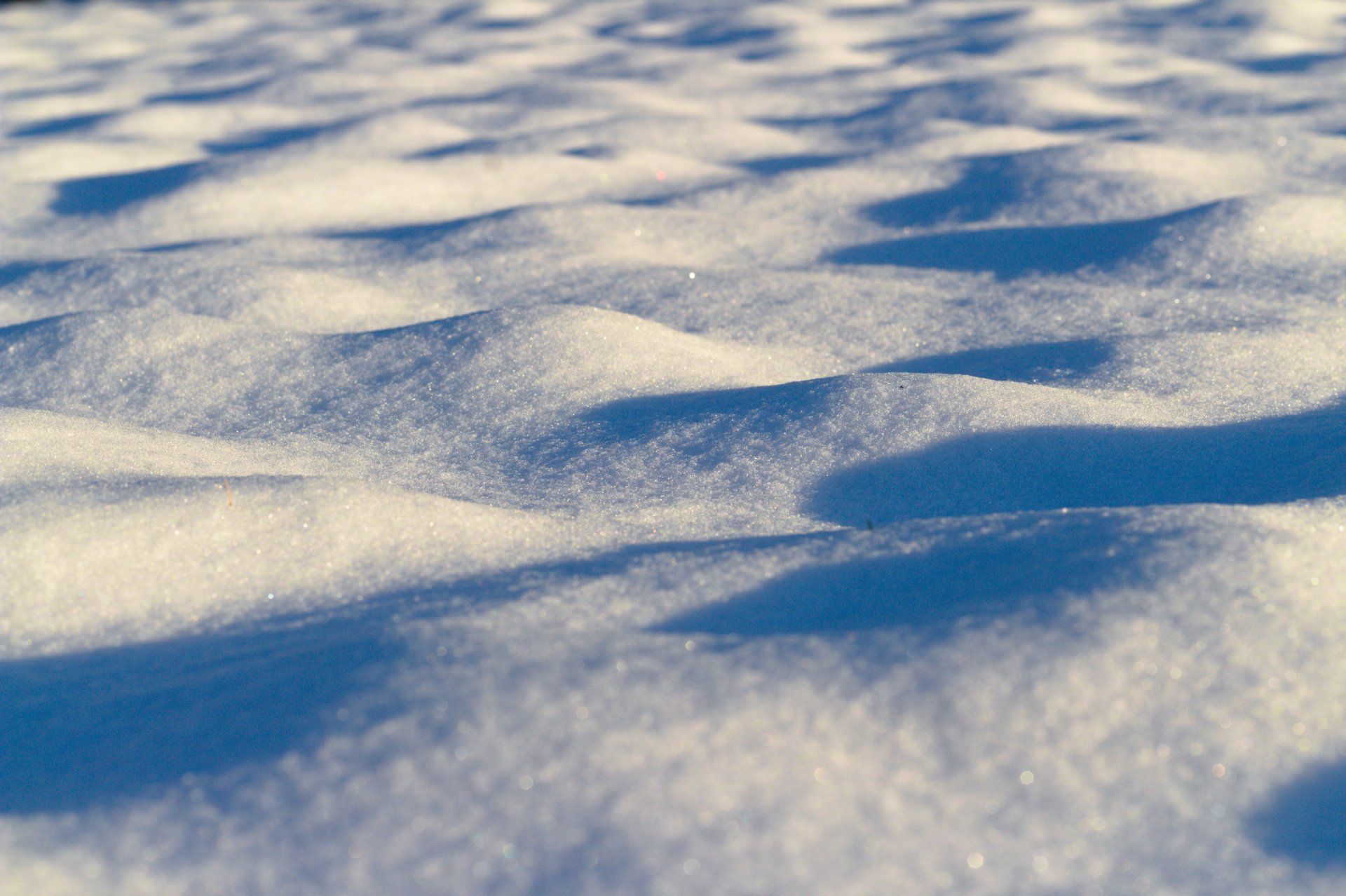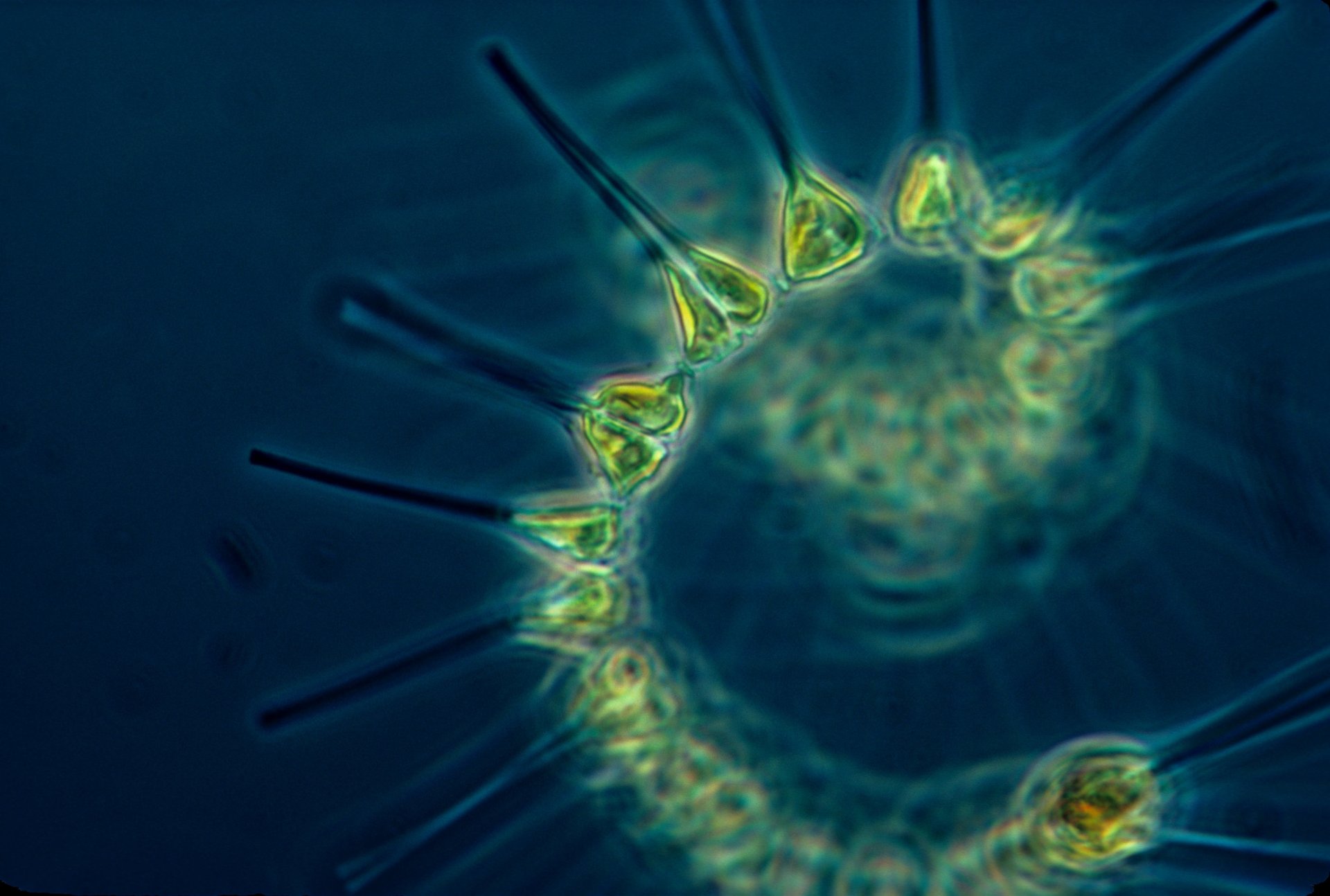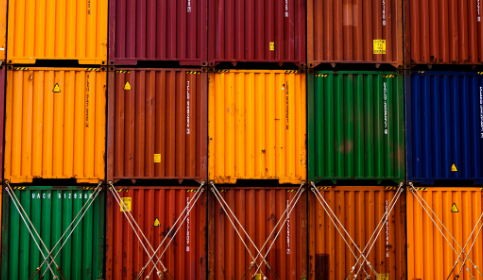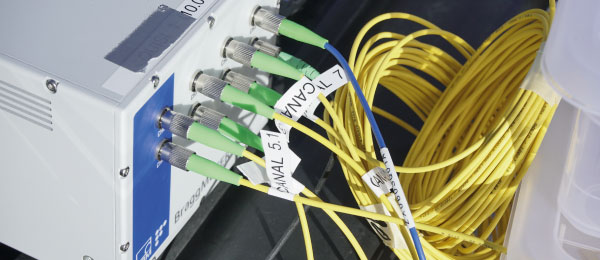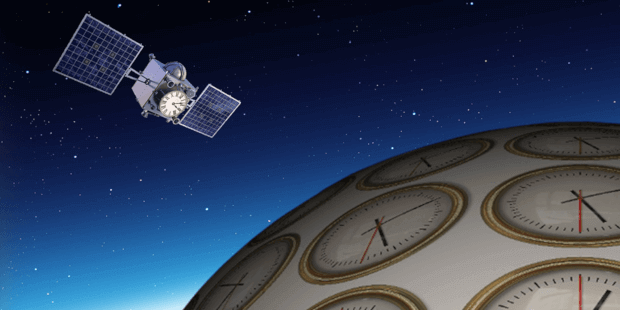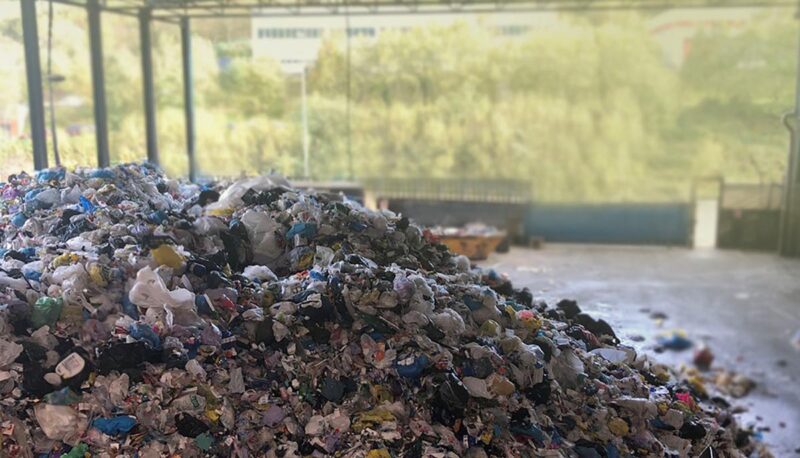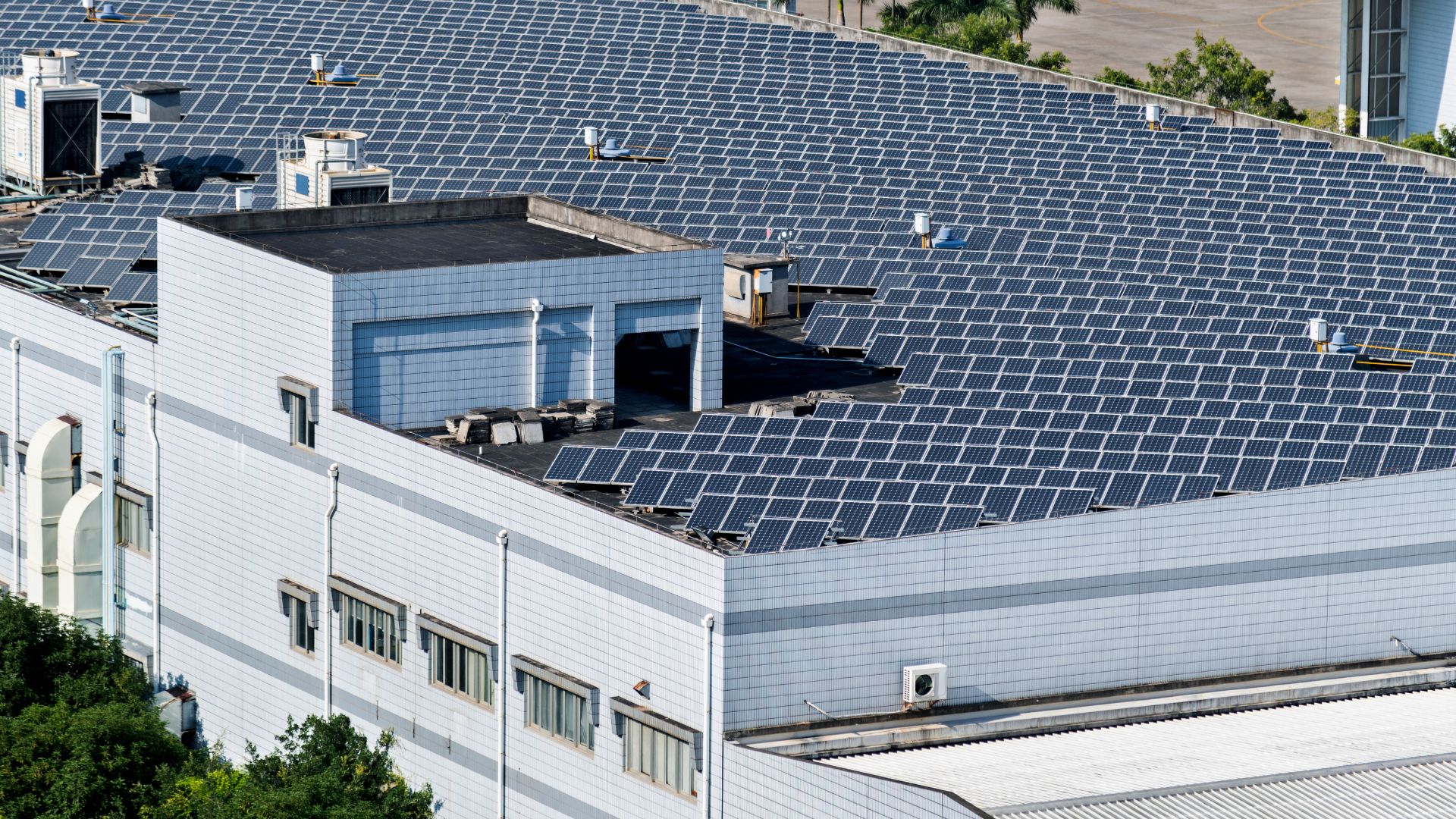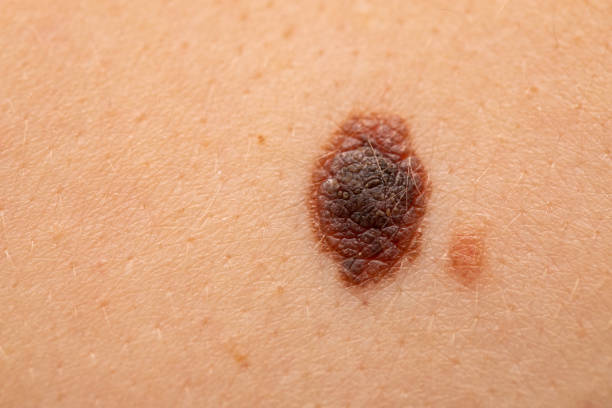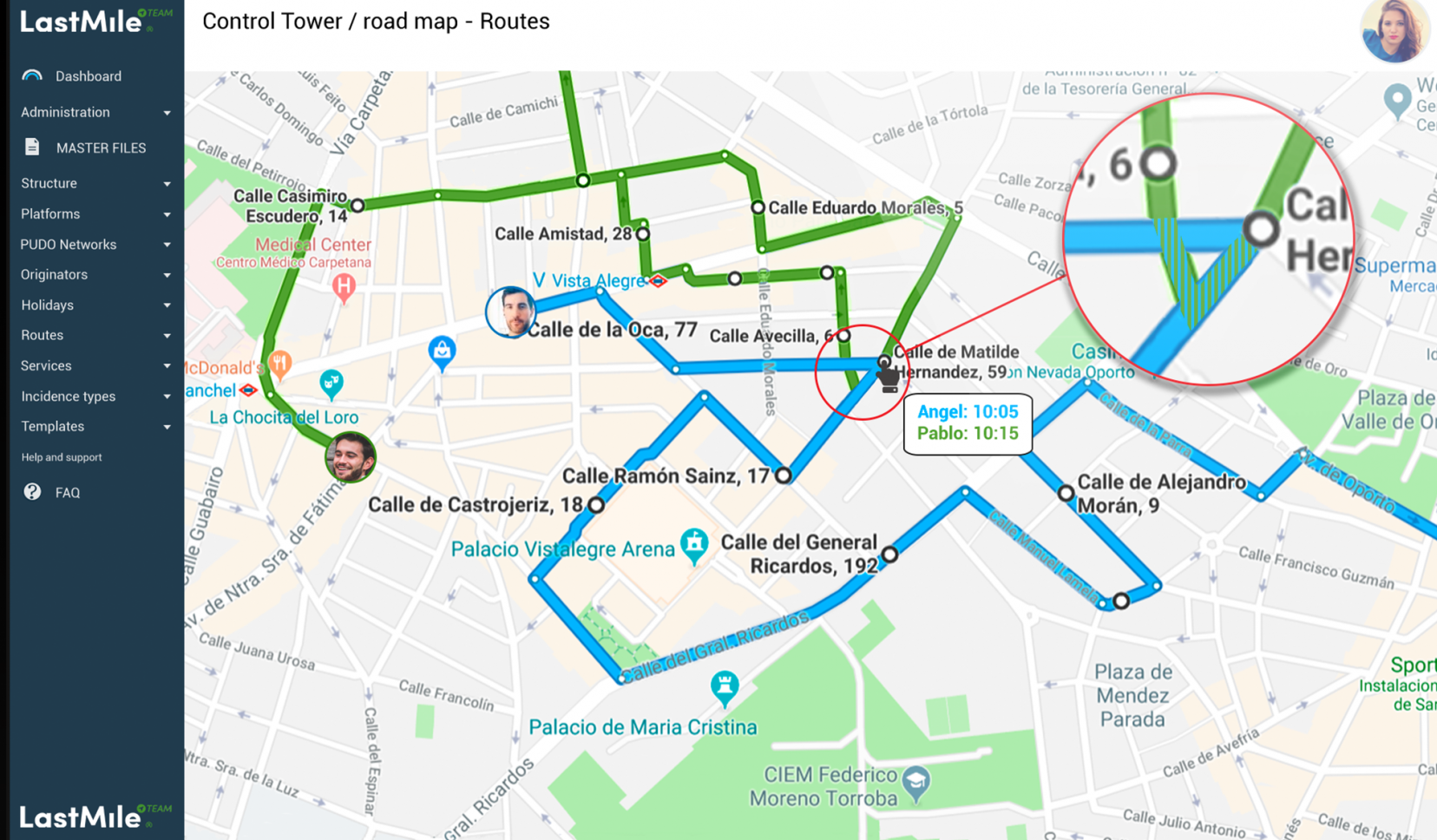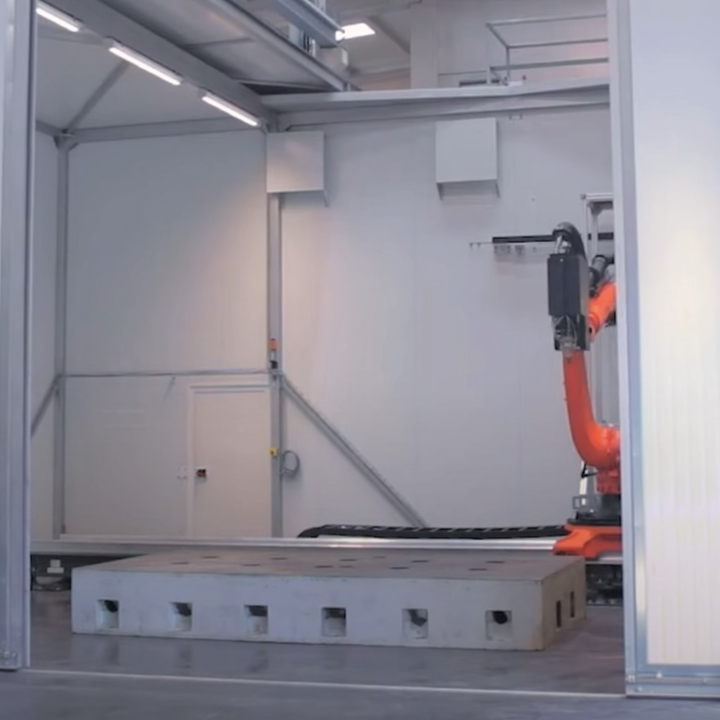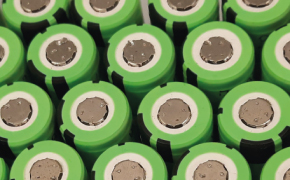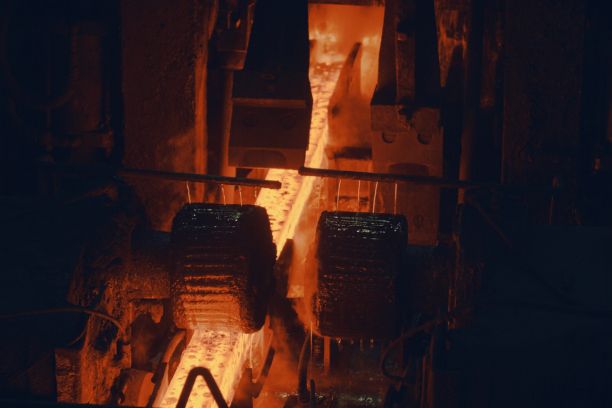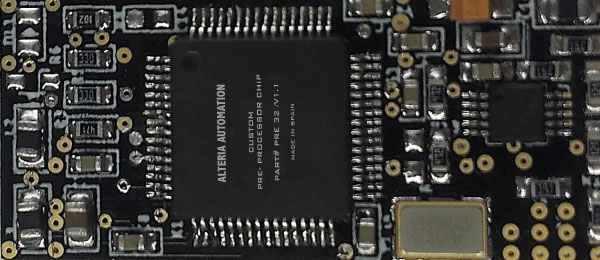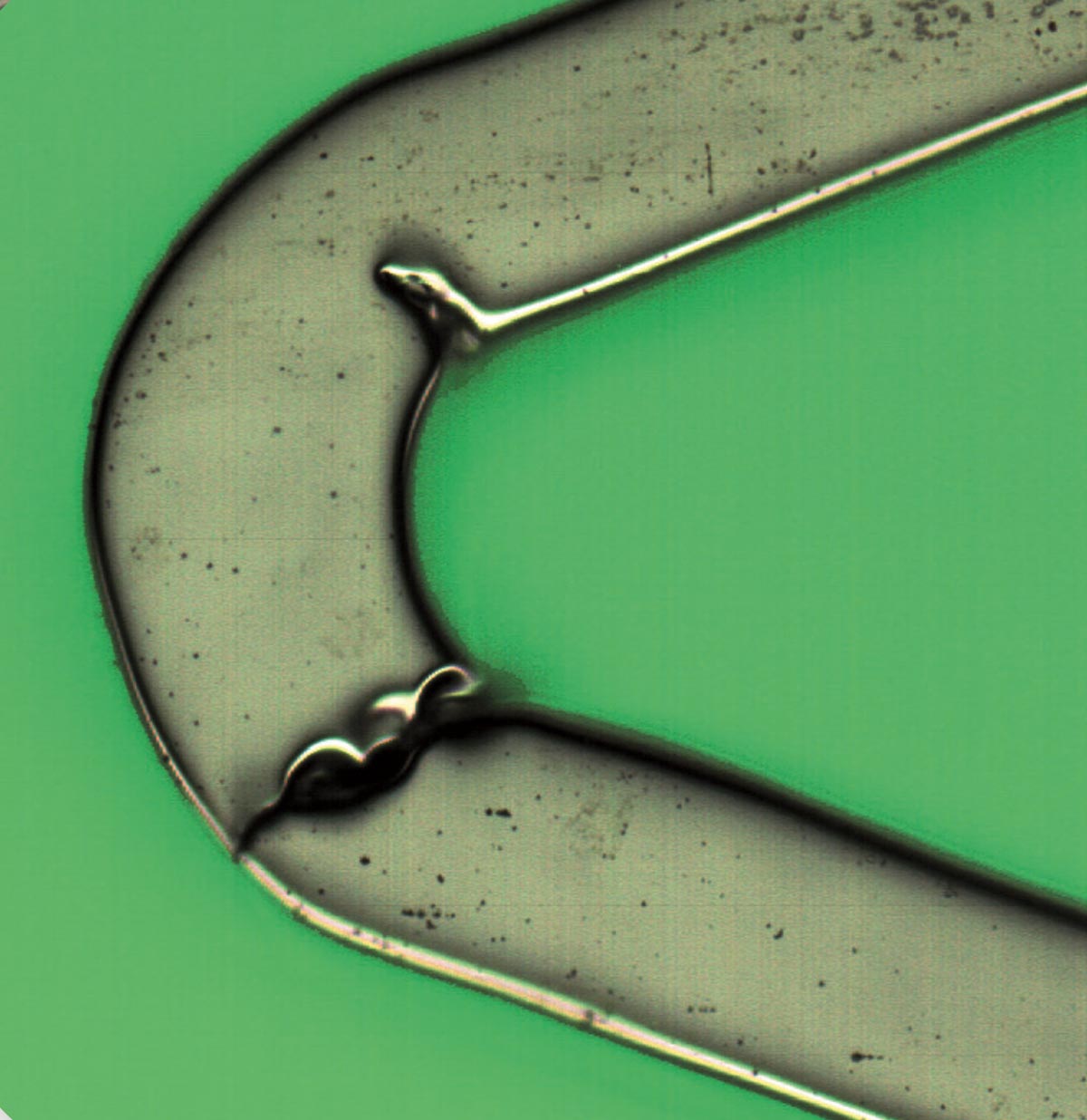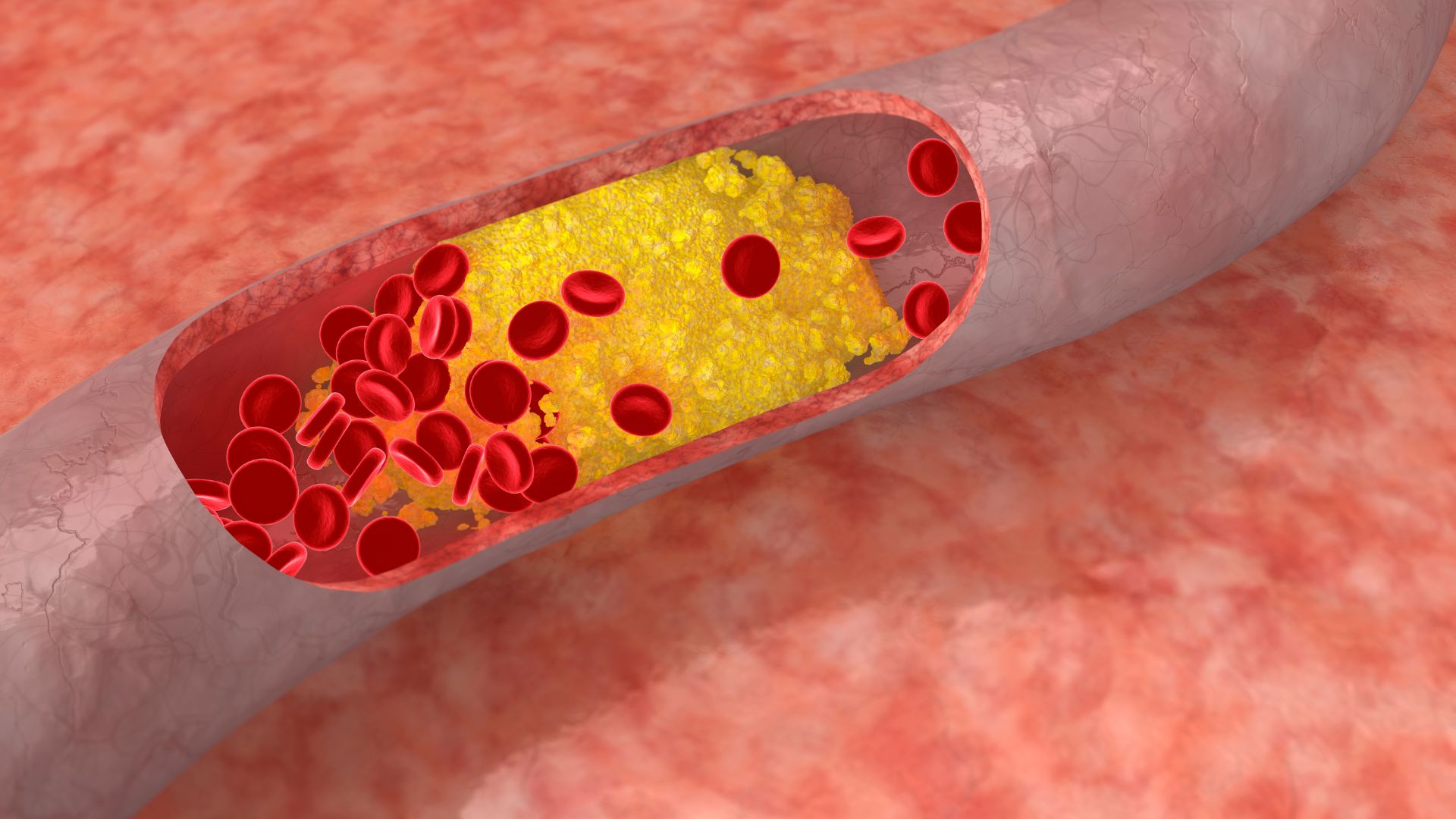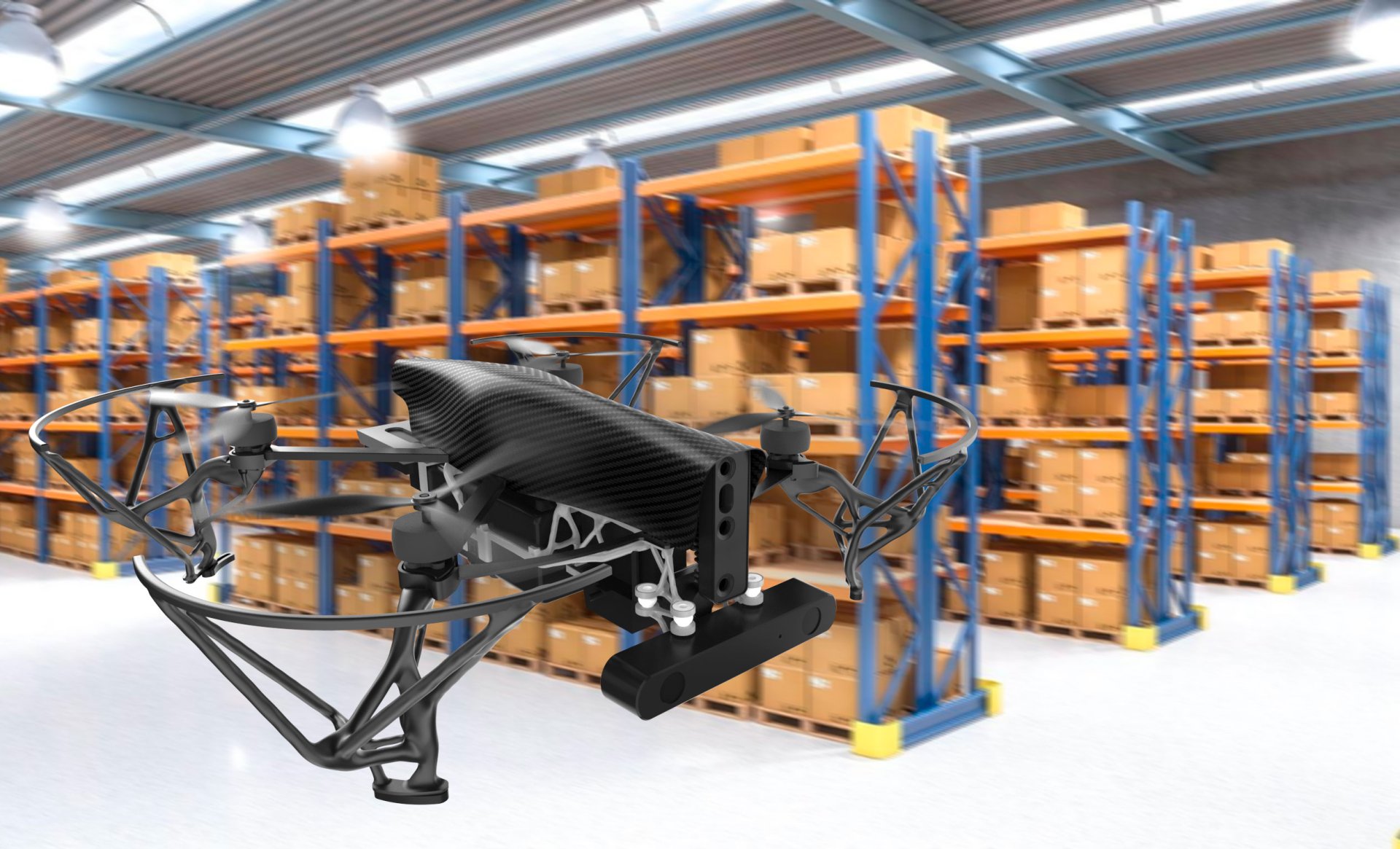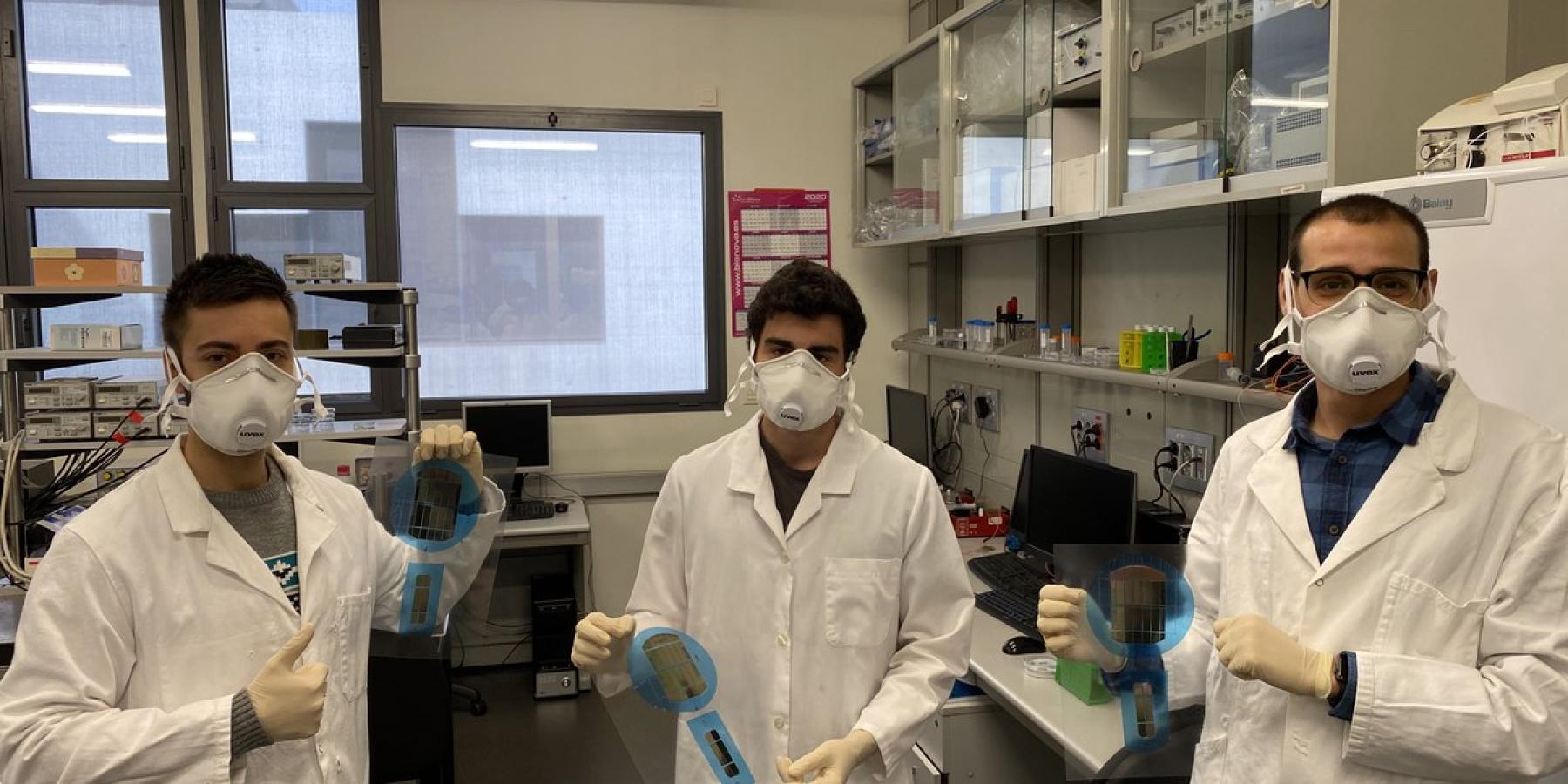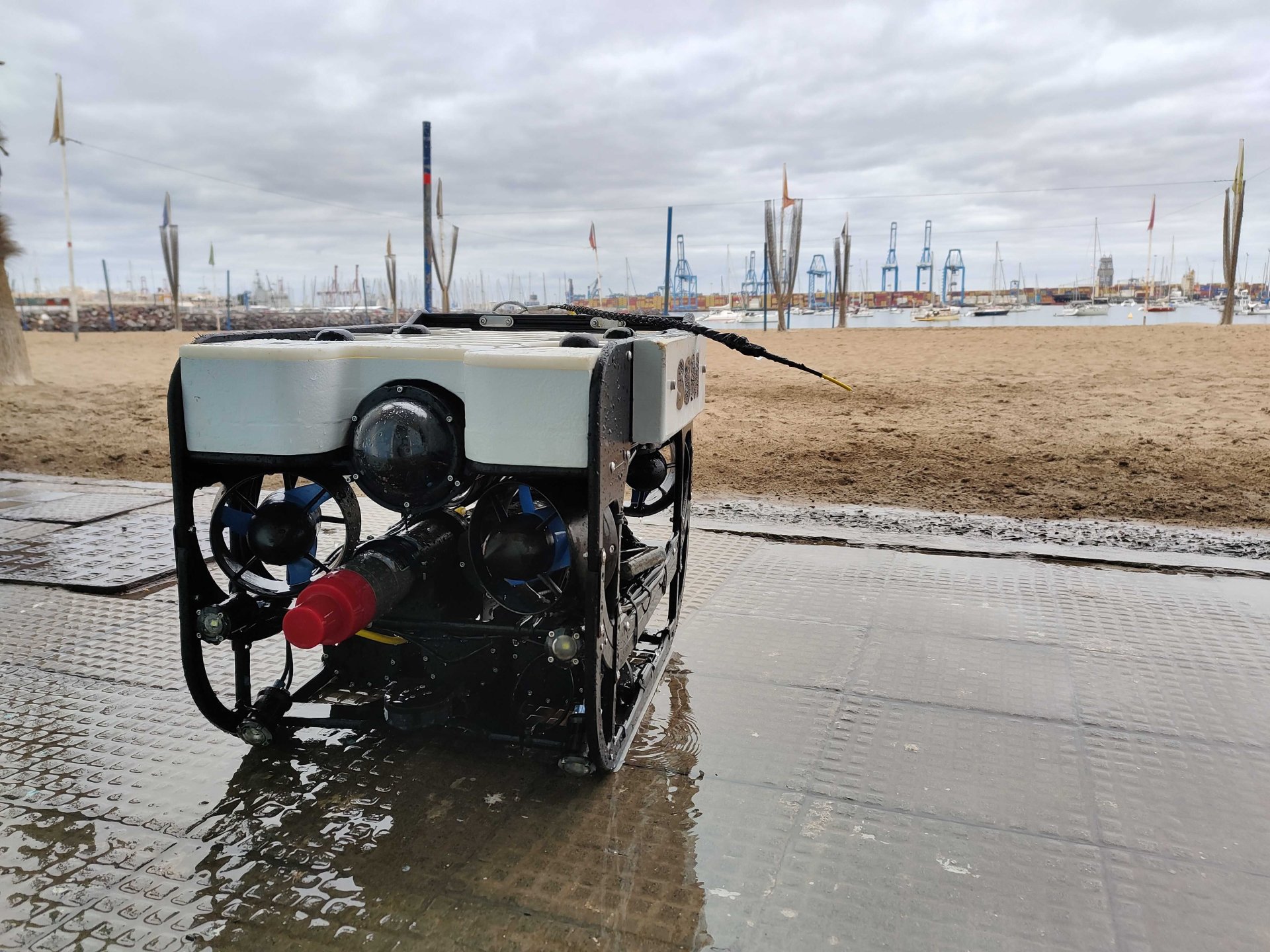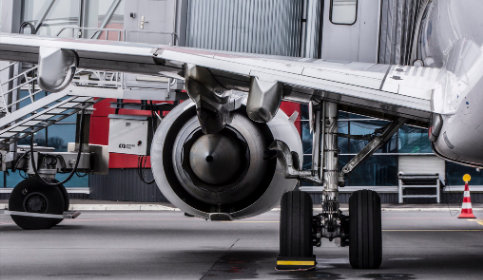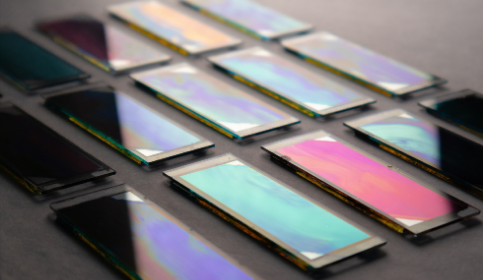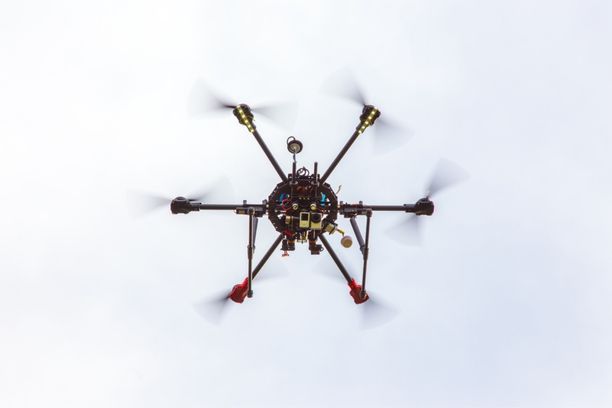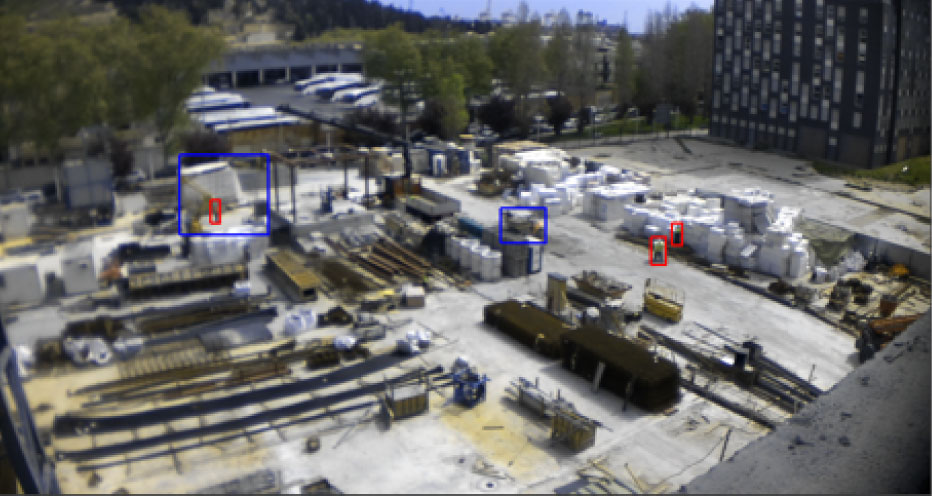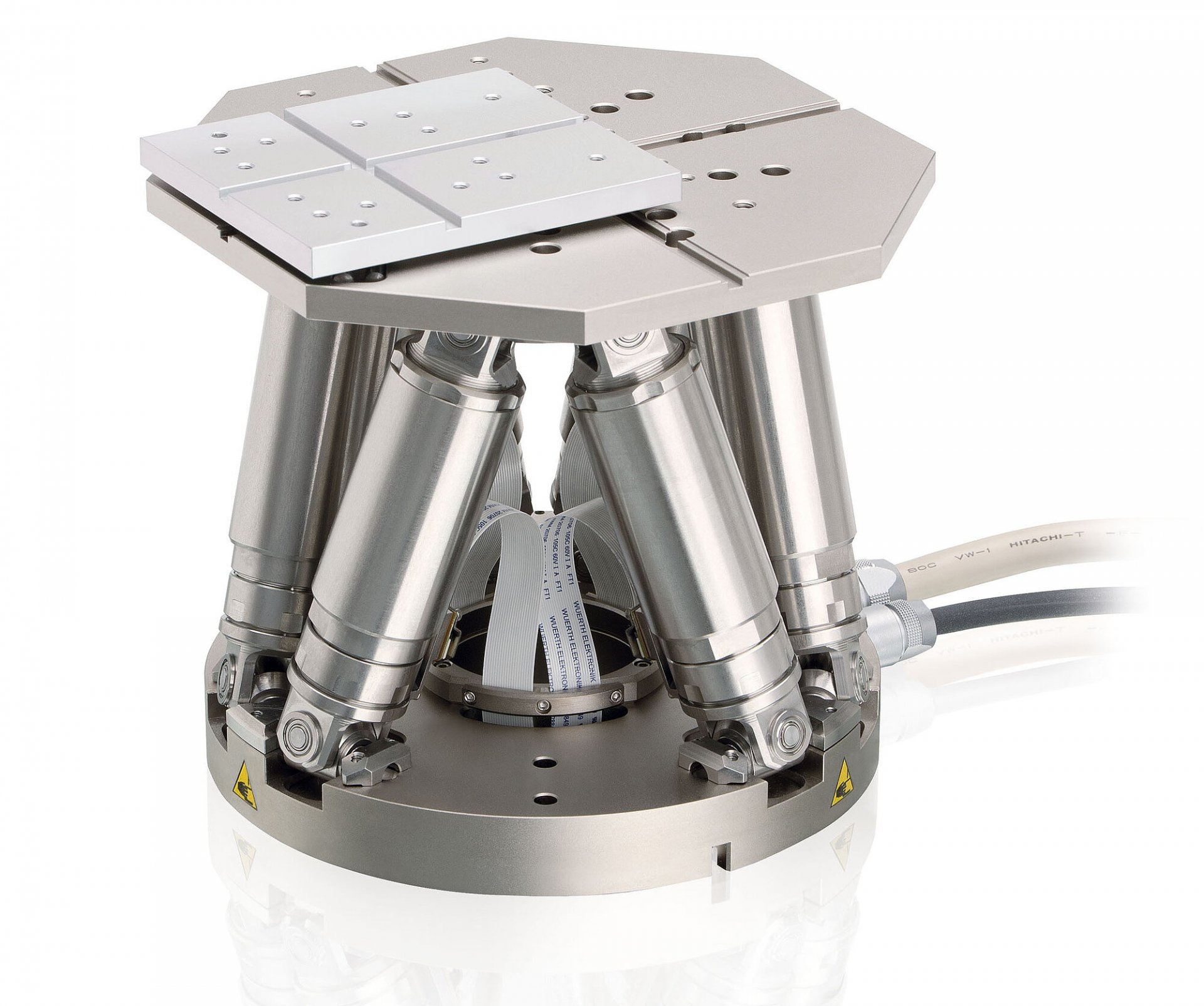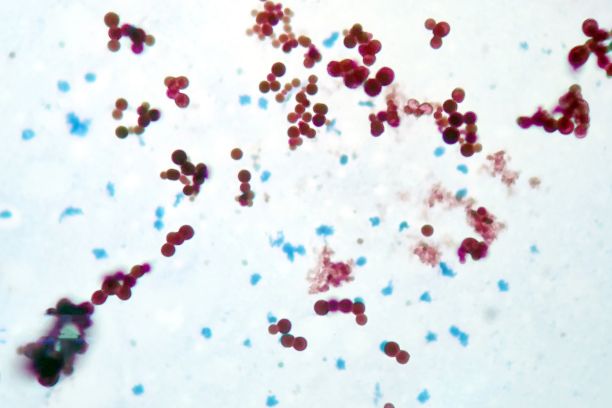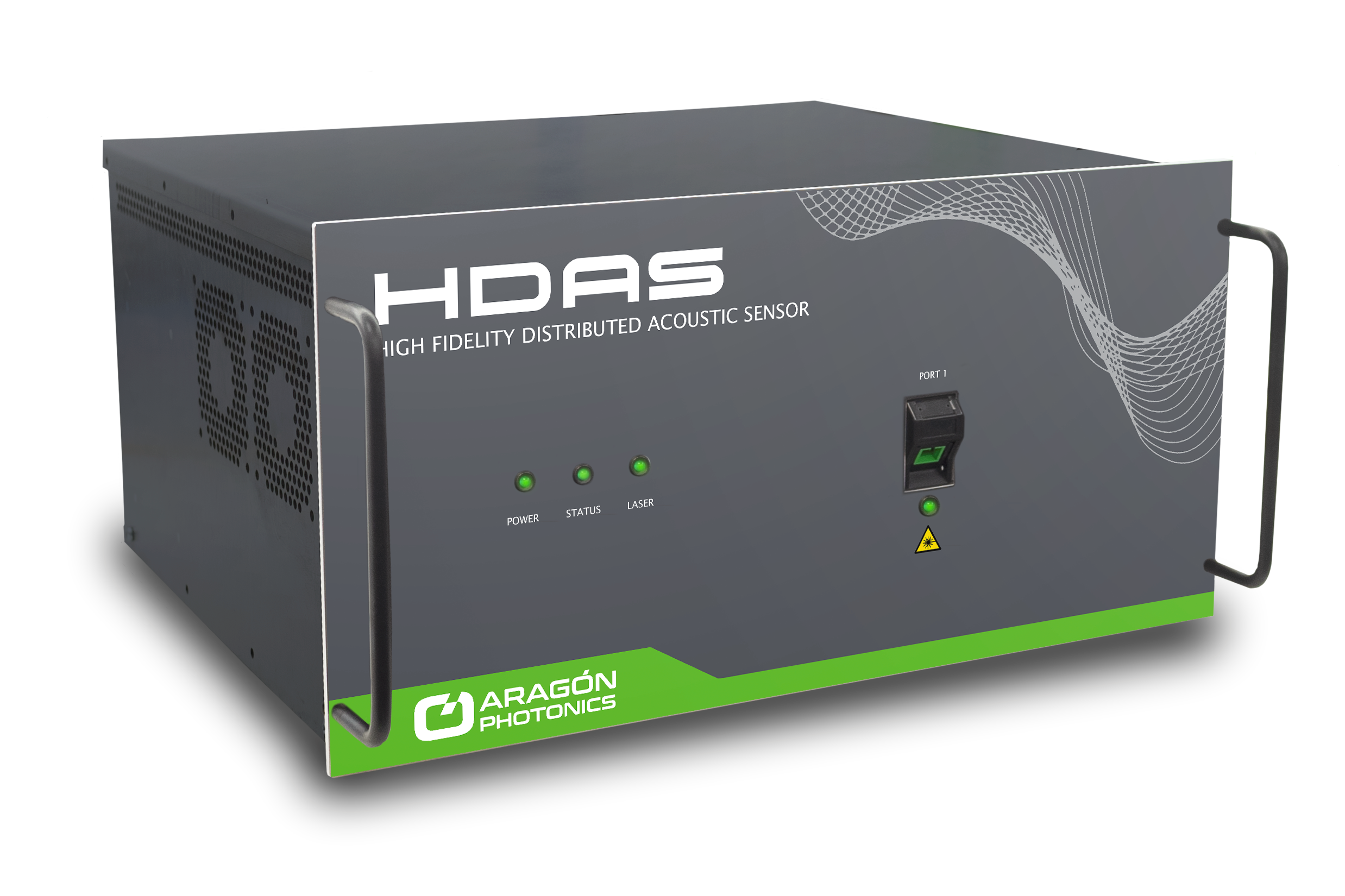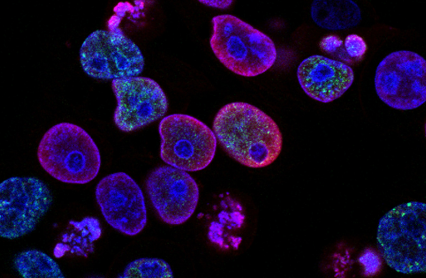UWB radar system for in-situ snow thickness measurement
The challenge was to design a new non-invasive method for the determination of the geometrical (thickness) and dielectric (complex dielectric permittivity) properties of the layered structure of the snowpack.
Snow is a major contributor to the water balance, climate and economy of many regions. This seasonal accumulation process acts as a form of natural regulation that is of utmost importance within the hydrological cycle. In the case of the Ebro river basin, the maximum storage volume in reservoirs is 7,639 hm³ and the maximum average volume of reserves in the form of snow in the last five years has been 1,500/1,600 hm³, which represents 21% of the maximum reserve that can be stored in reservoirs. This means that at the beginning of the hydrological year (October) the planning of crop types is partly conditioned by the reserve stored in the reservoirs and also by the evolution of the snow reserve, which can be considered as another reservoir that can contribute about 20% of the volume.
Since the melting phenomenon is extremely complex, it is very important to evaluate, in real time, the water equivalent stored in the different mountains of the Pyrenean basins. Therefore, the development of sensors such as the one proposed in this project will allow us to improve the quantification of the stored volume.
The project has applied ultra-high bandwidth radar (0.15-6GHz) to measure the thickness and SWE of the snow cover.
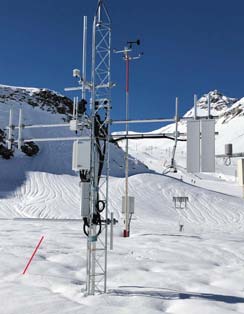
A physical knowledge about the properties of this snowpack, and mainly the availability of field instrumentation to investigate, understand and predict snow processes is of vital importance. These measurements provide, in addition to the most basic hydrological information (SWE), the data for the elaboration of mathematical models of the climate, the evolution of the snowpack and the prediction of avalanches. In this project we propose the construction and field testing of an instrument for the analysis of the structure of the snowpack, from which various physical magnitudes can be obtained, and in particular the main one for hydrology: the water equivalent or SWE.
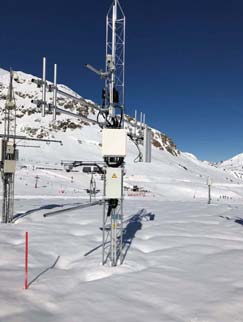
The measurements, in the winter of 2018-2019, are largely coincident with the lightning neutron attenuation (CRN) located next to the radar.
This system could be a potential element to be integrated in the SAIH-Ebro as a snow information system for the estimation of water accumulation in the form of snow and for the adequate management of flood risk, which in some cases has its origin in snowmelt. It is necessary to emphasize that it is of vital importance to have an alternative technology to the one currently used in telenivometers (cosmic rays), since it is an obsolete technology for which spare parts are no longer available.
In addition, the possibility of building the system in small dimensions and at low cost would allow to increase the density of telenivometers and to have, in the same hydrological area, several equipments at different altitudes that would allow us to evaluate the possible volumes and flows that could be contributed to the melting phenomenon depending on the altitude.


